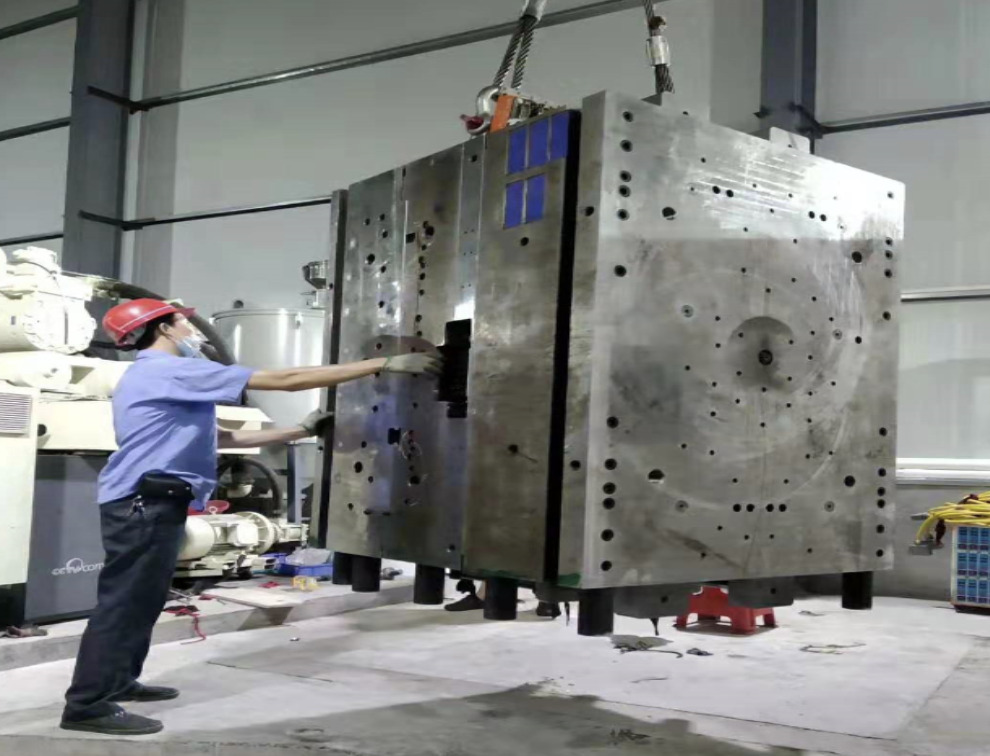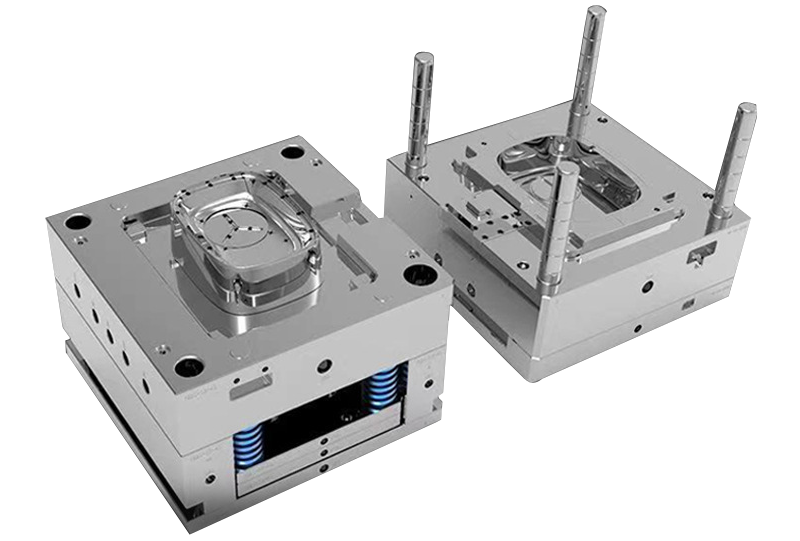Checking out the Future of Plastic Injection Molding in the Manufacturing Market
Checking out the Future of Plastic Injection Molding in the Manufacturing Market
Blog Article
Recognizing the Basics of Plastic Injection Molding Procedures
Plastic injection molding offers as a keystone of modern-day production, supplying a methodical method to producing complex parts with accuracy. Checking out these vital aspects could reveal just how even minor adjustments can lead to substantial renovations in production outcomes, elevating inquiries regarding the capacity for innovation in this well-known procedure.
What Is Plastic Injection Molding?
Plastic shot molding is a commonly utilized production process that changes thermoplastic and thermosetting products into specific and complicated forms. This technique is preferred for its ability to create high quantities of identical components with extraordinary precision, making it a vital method in different sectors, including automobile, durable goods, and medical tools.
The process includes thawing the picked plastic material and infusing it right into a mold under high pressure. The mold and mildew, made to the specifications of the preferred component, allows the molten plastic to materialize as it cools down and strengthens. Once the material has solidified, the mold and mildew is opened up, and the finished component is ejected.
Plastic injection molding uses numerous benefits, consisting of reduced waste, consistency in production, and the ability to integrate detailed styles that might be testing with various other producing approaches. Additionally, it sustains a broad range of materials, each offering special residential or commercial properties that can be tailored for certain applications. As markets proceed to introduce, plastic shot molding stays at the center, making it possible for the growth of innovative items that fulfill advancing customer needs.
The Shot Molding Process
The shot molding process is an innovative method that includes a number of essential stages to produce top quality plastic components. Initially, plastic pellets are fed right into a warmed barrel where they are thawed into a viscous fluid. This molten plastic is then injected under high stress right into a precision-engineered mold, which shapes the product into the desired kind.
As soon as the mold is filled, the plastic is permitted to cool down and strengthen, taking the shape of the mold dental caries. Air conditioning time is important, as it impacts the cycle time and the final properties of the shaped part. After enough air conditioning, the mold opens up, and the completed component is expelled using ejector pins.

Products Made Use Of in Shot Molding
Numerous products can be used in the shot molding procedure, each offering unique residential or commercial properties that deal with specific applications. The most commonly used materials consist of thermoplastics, thermosetting plastics, and elastomers.

Thermosetting plastics, like epoxy and phenolic materials, undertake a chemical change throughout the healing process, causing an inflexible, inflexible structure. These products are perfect for applications calling for high heat resistance and structural stability, often utilized in electric insulators and automotive parts.
Elastomers, including silicone and rubber-based materials, supply adaptability and resilience. Their special properties make them suitable for applications that demand elasticity, such as gaskets and seals.
In addition, specialized materials like bio-based plastics and composites are acquiring traction for their environmental benefits and improved performance attributes, widening the extent of shot molding applications in numerous markets. find out this here Understanding the residential or commercial properties of these materials is vital for picking the ideal kind for details tasks.
Benefits of Shot Molding
Shot molding sticks out as a very reliable production process that provides various advantages for producing complex get rid of accuracy. One of the most significant benefits is the ability to create intricate layouts that would certainly be impossible or tough to accomplish with other approaches (Plastic Injection Molding). The procedure enables comprehensive features and limited tolerances, ensuring high-quality parts
Furthermore, injection molding is recognized for its fast manufacturing capacities, making it a suitable choice for high-volume production. When the mold is developed, parts can be generated swiftly, decreasing preparations and boosting overall performance. This effectiveness not just reduces manufacturing expenses yet likewise provides an one-upmanship in the marketplace.
The adaptability of products utilized in shot molding even more enhances its charm. A wide variety of thermoplastics and thermosetting polymers can be used, enabling suppliers to select products that best satisfy their details requirements, consisting of warm, flexibility, and strength resistance.
Additionally, the procedure minimizes waste, as excess material check this site out can commonly be reused and reused. This sustainability aspect adds to a reduced environmental effect, making shot molding a responsible manufacturing option. Generally, the benefits weblink of shot molding make it a recommended method for numerous markets.
Aspects Influencing Item Quality
While various elements can influence product high quality in shot molding, recognizing these components is important for attaining optimum outcomes. Key aspects consist of product selection, processing parameters, and mold layout.
Product option plays an essential duty, as various polymers show one-of-a-kind properties that affect flowability, strength, and thermal security. Poor material choice can lead to defects such as warping or insufficient dental filling.
Processing parameters, including temperature level, stress, and cycle time, need to be thoroughly managed. Variations in these setups can lead to disparities partially measurements and surface coating. Exceedingly high temperature levels may create deterioration of the polymer, while inadequate stress can result in short shots.
Mold and mildew design is just as crucial, as it figures out the flow of the molten plastic and the cooling procedure. Badly designed mold and mildews might cause irregular air conditioning rates, causing recurring tensions and dimensional errors.

Conclusion
To conclude, plastic injection molding works as a crucial manufacturing process that enables the efficient manufacturing of high-grade parts. Proficiency of the injection molding process, including the understanding of products and the impact of different elements on product quality, is essential for attaining optimum results. The advantages of this method, such as cost-effectiveness and layout adaptability, additional underscore its significance throughout several industries, strengthening its standing as a favored choice for high-volume manufacturing.
Plastic injection molding serves as a keystone of modern-day production, supplying a methodical approach to generating complicated components with accuracy.Plastic shot molding offers numerous benefits, consisting of decreased waste, uniformity in production, and the capacity to integrate intricate layouts that may be testing with other making techniques (Plastic Injection Molding). As industries proceed to innovate, plastic shot molding remains at the leading edge, enabling the growth of advanced items that meet progressing consumer needs
The injection molding process is an innovative technique that entails several crucial phases to produce high-grade plastic elements.In verdict, plastic injection molding serves as an essential manufacturing process that makes it possible for the efficient manufacturing of high-quality elements.
Report this page